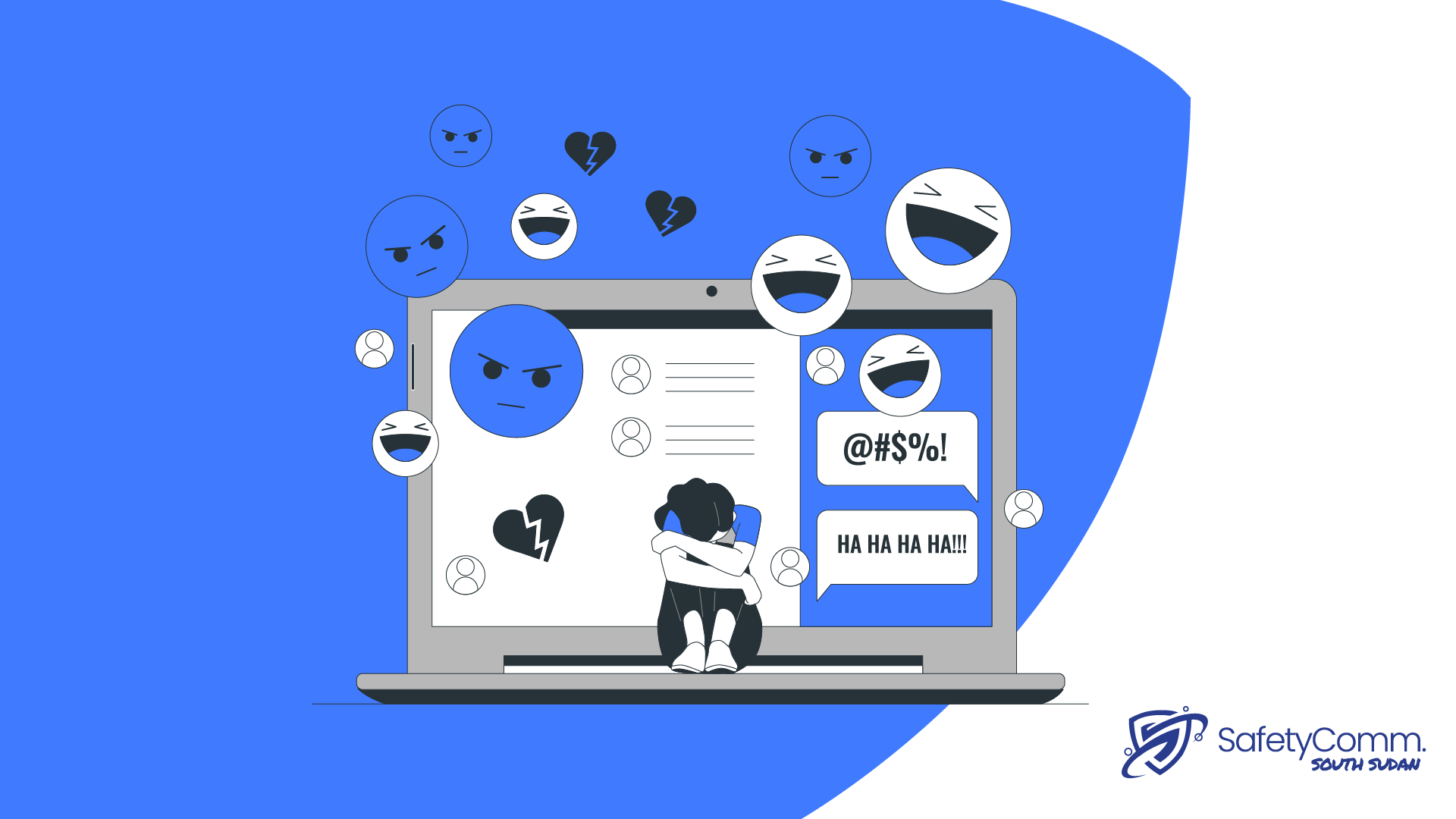As social media increasingly impacts our lives, it is crucial for parents to prioritize their children’s safety in this digital realm. With risks like cyberbullying, inappropriate content, and online predators, proactive measures must be taken. In this blog post, we will explore effective strategies for safeguarding children on social media.
- Open Communication:
Establish trust and encourage open communication with your child regarding social media. Discuss the benefits and risks, and create an environment where they feel comfortable sharing their experiences and concerns. Encourage them to approach you with any online issues they encounter.
- Age-Appropriate Limits:
Ensure your child uses social media platforms suitable for their age group. Establish clear guidelines regarding the time they spend online, the content they can share/view, and rules for engaging with friends or strangers. Enforce age restrictions and monitor their compliance.
- Familiarize Yourself:
Educate yourself about the social media platforms your child uses. Understand their features, privacy settings, and reporting mechanisms. Stay updated on terms of service, community guidelines, and age restrictions. This knowledge empowers you to guide your child and make informed decisions.
- Privacy and Security:
Help your child configure privacy and security settings. Ensure their profiles are set to private, limiting access to approved friends. Teach them to use strong, unique passwords and avoid sharing personal information publicly. Caution them against accepting requests from strangers.
- Online Persona and Digital Footprint:
Discuss the importance of a positive online persona and managing their digital footprint. Teach them to think before sharing personal information or engaging in online conversations. Emphasize treating others with respect and avoiding cyberbullying or conflicts.
- Educate about Online Risks:
Teach your child about online risks such as cyberbullying, scams, inappropriate content, and online predators. Equip them with strategies to handle these situations, such as blocking and reporting abusive users. Encourage critical thinking and skepticism towards online interactions.
- Be an Engaged Digital Parent:
Monitor your child’s online activities without invading their privacy. Stay aware of the platforms they use, the content they post, and their online connections. Check privacy settings and review friends or followers. Consider using parental control software or built-in platform features.
- Foster a Supportive Environment:
Create an environment where your child feels comfortable discussing their online experiences. Reinforce the idea that seeking help is responsible, not weak. Let them know you are there to support and guide them through any challenges they may face online.
Conclusion:
Protecting children on social media requires proactive efforts from parents. By establishing open communication, setting limits, staying informed, and educating children about online risks, we can create a safer digital environment.
Ongoing involvement, guidance, and support are vital for ensuring their safety and well-being online. Together, let’s prioritize our children’s safety in the digital world.




